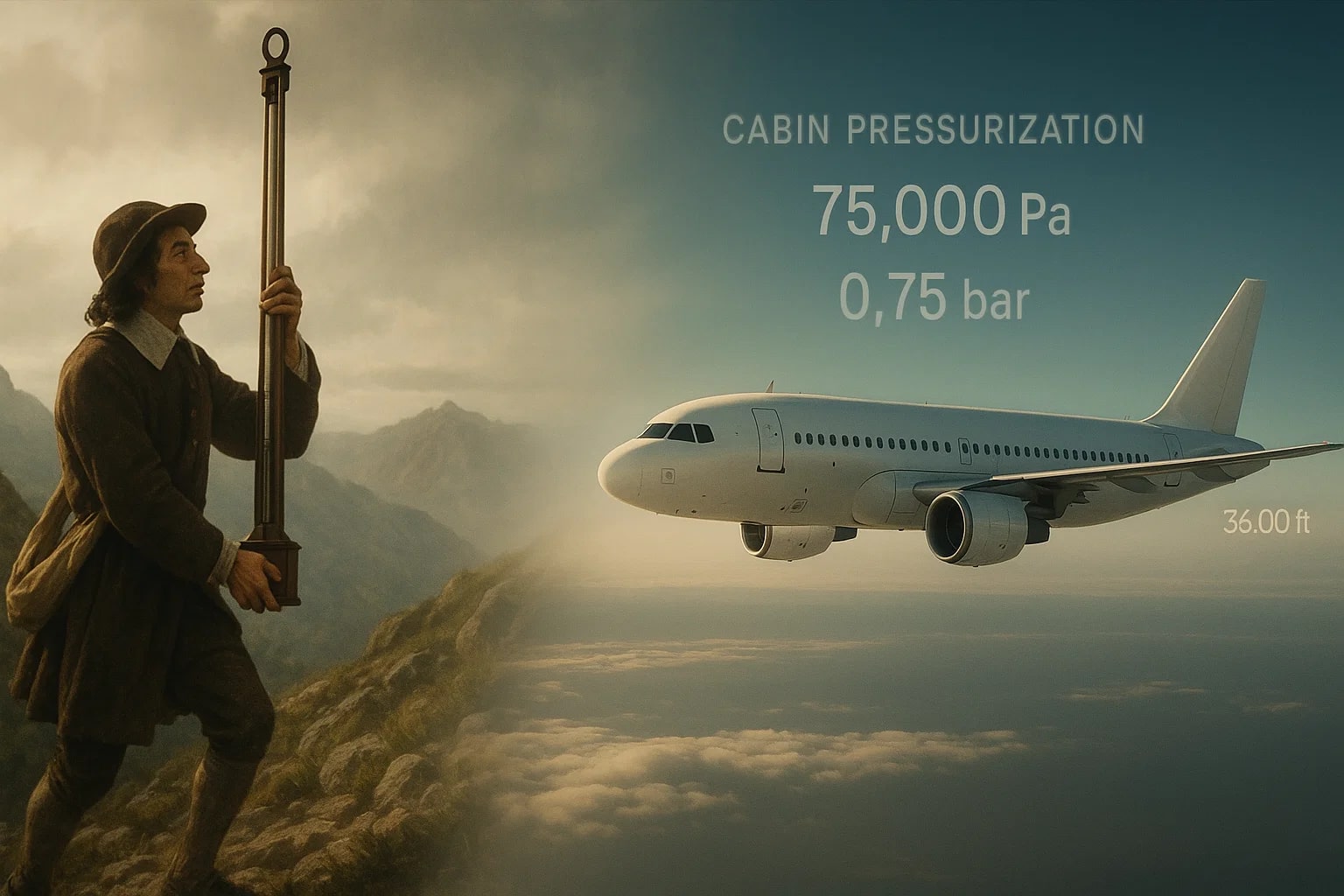pascal to bar – How to convert Pa to bar
The pascal (Pa) is the SI base unit for pressure, perfect for precise scientific calculations. The bar, on the other hand, is widely used in engineering, meteorology, and diving because of its practicality. Converting pascal to bar bridges the microscopic scale of SI units with the more user-friendly metric system, making pressure easier to interpret in real life.

What is a pascal (Pa)?
A pascal equals one newton per square meter. While accurate, it’s a very small unit, so large pressures are often expressed in kilopascals, megapascals, or bars.
What is a bar?
A bar equals 100,000 pascals. Although it isn’t an SI unit, it is widely accepted in industry and daily applications. At sea level, atmospheric pressure is approximately 1.013 bar.
How to convert pascal to bar
Bar = Pascal (Pa) ÷ 100,000
Example:
Bar = 250,000 Pa ÷ 100,000 = 2.5 bar
If you’d like to save time, try the Conversion Tools for quick Pa-to-bar calculations. Other helpful options include the Speed Converter.
Do you know?
-
About pascal: A typical car tire is inflated to about 220,000 Pa — which equals 2.2 bar.
-
About bar: Scuba divers monitor tank pressure in bar. A full tank usually starts at 200 bar, which equals 20,000,000 Pa.
Torricelli to Technology
The pascal is named after Blaise Pascal, the French scientist who pioneered experiments in fluid pressure. In the 17th century, he showed how pressure decreases with altitude by carrying barometers up mountains. His work set the foundation for modern pressure science.
Fast-forward to today: aircraft cabins are pressurized to about 0.75 bar, or 75,000 Pa. This conversion ensures that engineers and pilots can communicate clearly across units, keeping passengers comfortable and safe at 35,000 feet.

Conversions That Keep Us Grounded
Converting pascal to bar may seem like dividing by a large number, but it connects the smallest scientific values with practical, everyday units. From tires to diving tanks to aviation systems, this simple step ensures that the physics of pressure translates into safety, performance, and reliability.

